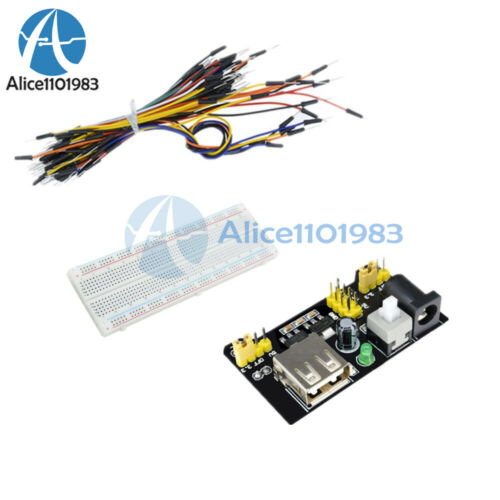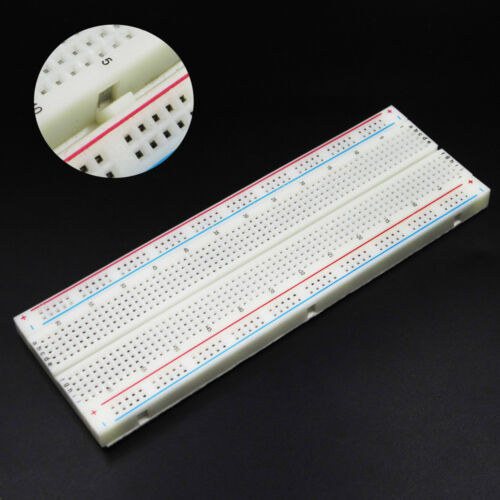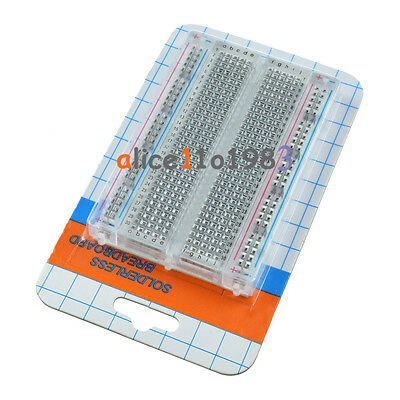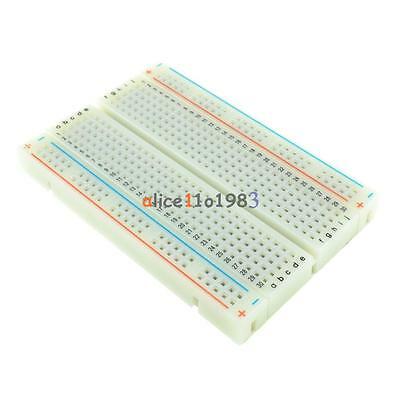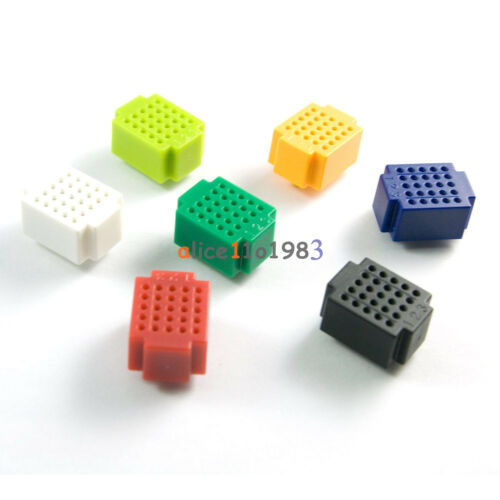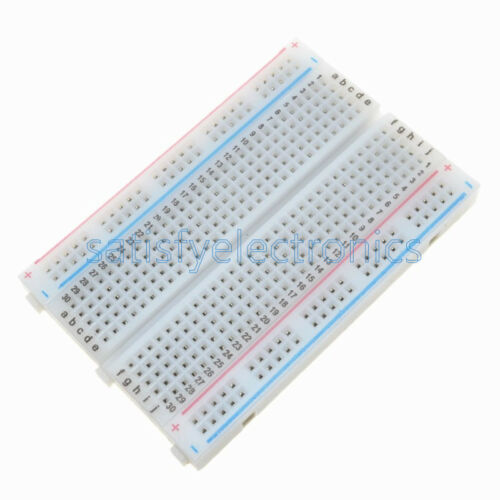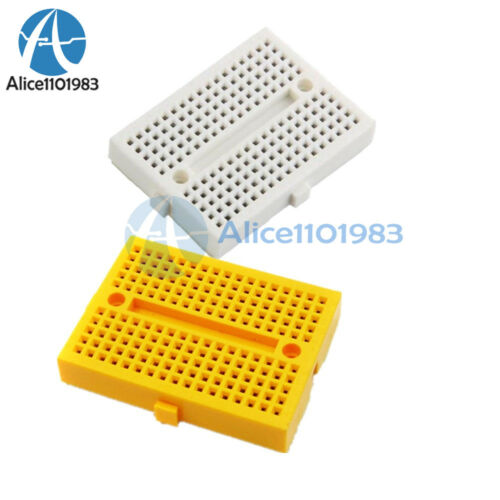-40%
Microchip PIC Ethernet Board, RS232 & Web-Based Config., CAN
$ 23.76
- Description
- Size Guide
Description
Microchip PIC Ethernet Board, RS232 & Web-Based Config., CANSBC68EC
Ethernet Board & Web Server with on-board CAN Bus
The SBC68EC is a single board computer with 10 Mbps Ethernet and an RS232 interface. You can add it to any 10/100 Ethernet network. It comes with a PIC18F6680 CPU, a 24LC512 EEPROM for web pages, and with a demo of a Web Server installed (on CPU Flash). By using a terminal program, the demo web page can be replaced by a custom one with no programming required.
Typical applications include HTTP web server, mail client, Ethernet to RS232 interface converter, Ethernet to RS485 interface converter, remote control via web server, or protocol bridge applications -- Ethernet to USART, CAN, I2C, SPI etc. The PIC18F6680 has an on-board CAN Bus peripheral, making this board ideal for Ethernet-to-CAN converter application. The board does
not
have a CAN transceiver nor a socket for one. CAN signals are accessible through the daughterboard connector. See the
Optional Recommended Products
at the bottom of this page for a CAN Bus Daughterboard.
It implements DHCP and NetBIOS, which makes it very easy to access on a network; no configuration of static IP addresses is required. When connected to a network with a DHCP server, it will be assigned an IP address automatically. If no DHCP server is present, the board will be assigned its default IP address. The default IP address and NetBIOS name is 10.1.0.1 and "mxboard", and can be changed via the web interface. To access the board on a network with DHCP enabled, the NetBIOS name or assigned IP address (have to get that from DHCP server) can be used. For example, with the default NetBIOS name, the board's web interface can be viewed in a browser by using the address
http://mxboard
. On a network without DHCP, the default IP address can be used, i.e.
http://10.1.0.1
.
All inputs, outputs, analog inputs and more can be monitored and configured via web pages. You can insert special tags in the HTML that will be replaced by port pin or analog input values. The HTML files can be modified with any text editor, then uploaded via FTP or serial cable. A Network Bootloader application is used for uploading new web pages to the board and to update the firmware via the network or internet. The CGI Server makes it possible for default and user-defined remote commands to be accepted via the HTTP GET command, like a button on a web page for example.
Solder straps at the back of the board are used to select RS232 or TTL levels for the on-board USART. The default setting is for RS232 levels, enabling the board to communicate with a PC via the RS232 port for configuration and debugging. It is not necessary to use the serial port for configuration, however, because it all can be done via web pages.
View a live SBC65EC demo board
. (The SBC65EC is the same as the SBC68EC but has a PIC18F6621 CPU, which doesn't have CAN capability.) This demo has been created simply by connecting an SBC65EC board to a Billion ADSL Modem/Router. The router is then configured to make the SBC65EC a virtual server that is accessible via the internet. Most modern routers have this feature built in, and can be used.
Note:
The board used in this demo is running an older firmware. The new firmware has more options, and the NetBIOS name can be changed on the network settings page.
Microchip PIC Ethernet Board features
PIC18F6680 CPU with web server and network bootloader pre-installed
24LC512 EEPROM
64 kBytes Flash, 3328 Bytes SRAM, and 64 kBytes EEPROM. The default web server uses less than half the available FLASH and SRAM, and only about 25% of the EEPROM.
32 user-programmable I/O pins; can be monitored, configured and updated via web pages
12 user-programmable 10-bit A/D converters; can be monitored and configured via web pages
Red User LED on PIC port RB6
Green Link indicator LED
Yellow Transmit/Receive LED
RS232 interface via 3-pin connector or daughterboard
2.1mm power connector for standard DC transformer
Micro-MaTch connector for connecting a serial I2C device, like an LCD2S serial LCD with keypad decoder
Wide operating voltage range from 7 to 30V.
In-Circuit Serial Programming (ICSP) Connector
Assembled with 10BaseT Ethernet and RS232 interface with +/- 15kV ESD protection.
Compact Daughterboard connector
Build an Enclosed System
Using the Compact Daughterboard connector, this ethernet board can be used as a control module for the
Input-Output-Relay Board
, which comes in a sturdy enclosure.
You also can make a fully enclosed system by connecting this board to the
Add-on Prototyping Board with 10 I/O Ports
or the
Add-on Prototyping Board with 24 I/O Ports
, each of which also comes in an enclosure.

